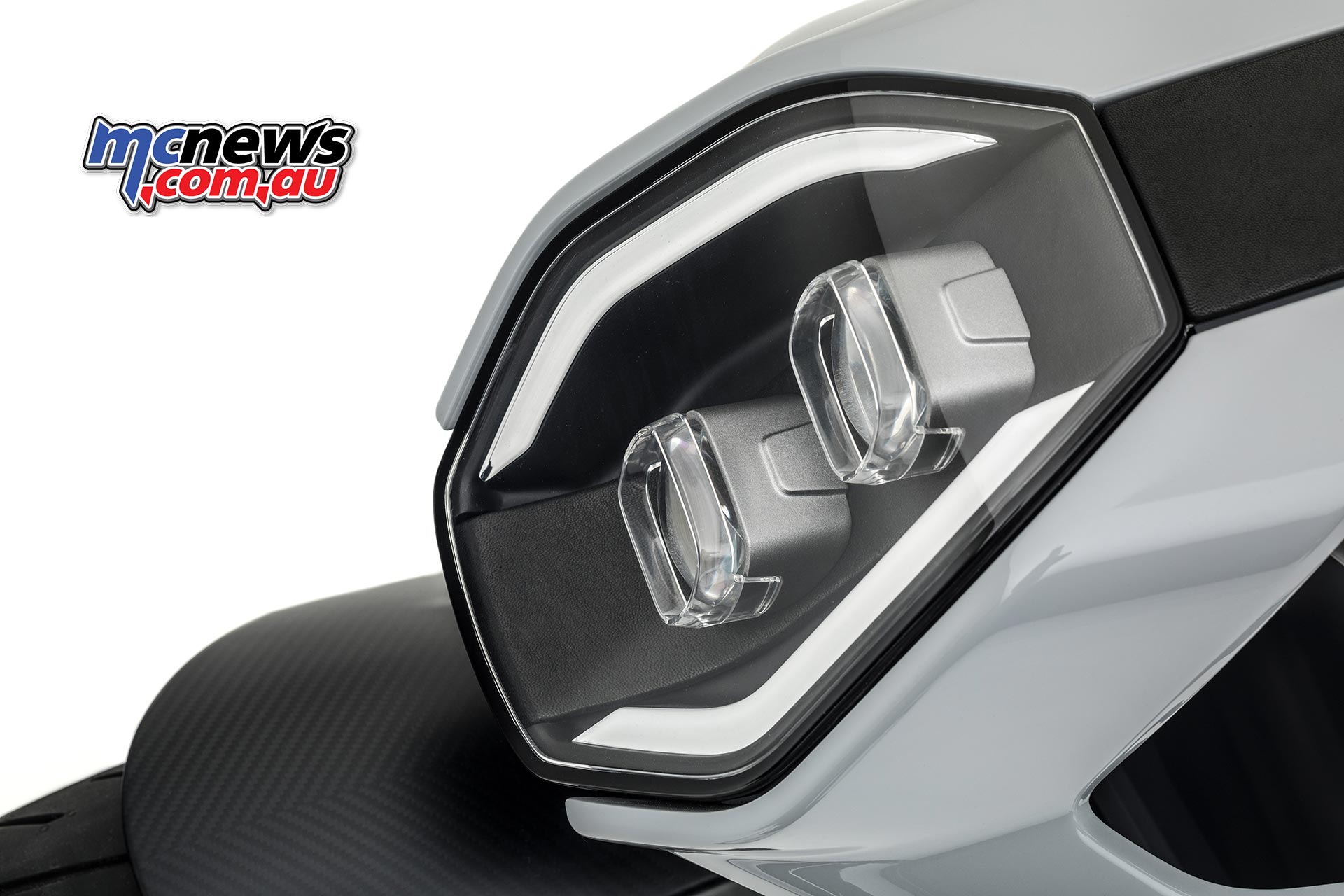Arc Vector
We first showed you the initial images of the promised new Arc Vector over six-months ago, but overnight the British company updated their progress on the new project.

Having prototyped the Vector in Coventry, Arc is targeting expansion to a 65,000 square feet HQ in St Athan, South Wales, in 2020.
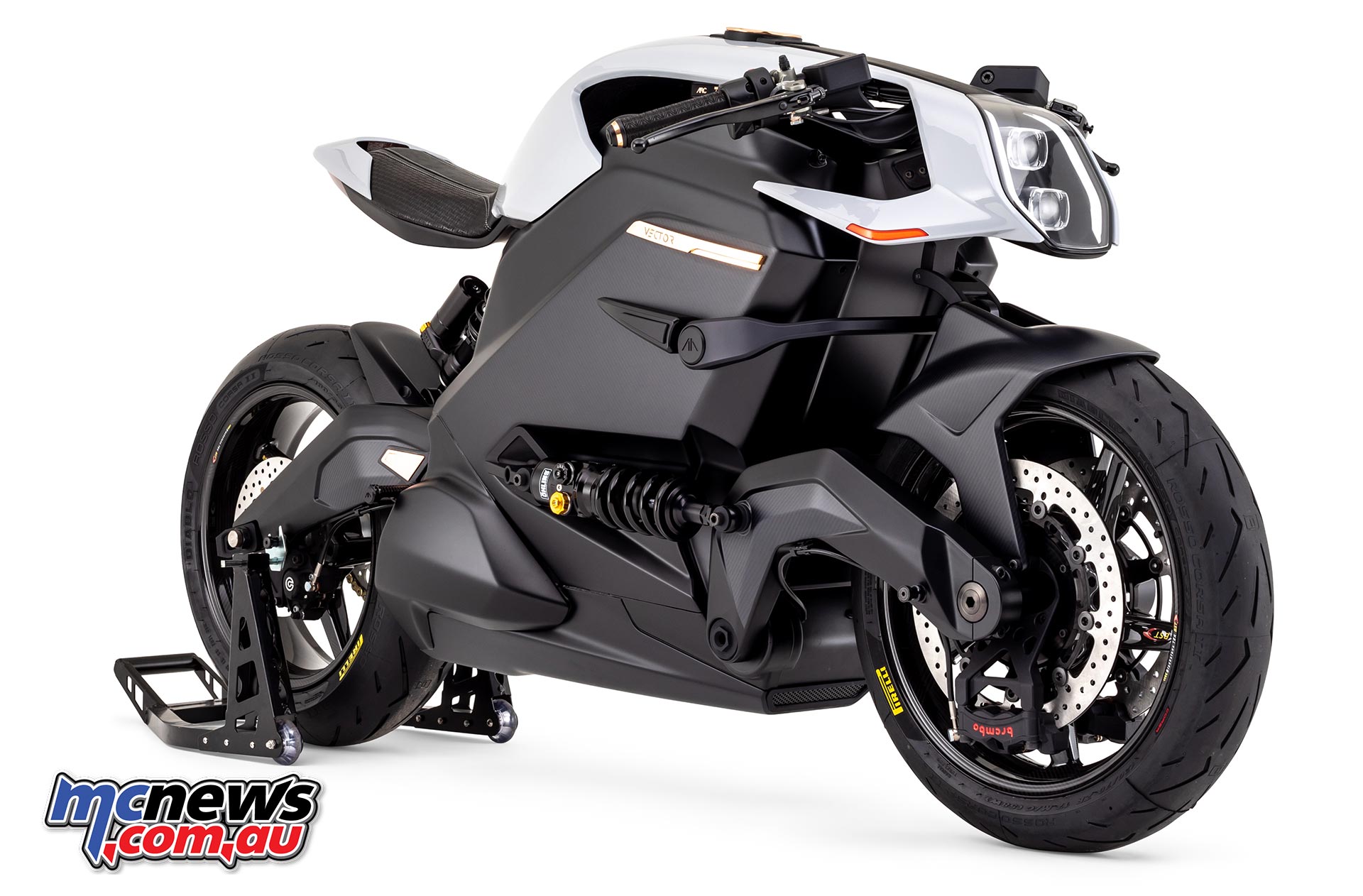
Early price indications suggest a built to order price starting at £90,000 for an anticipated 399 unit initial production run for the high-end battery powered machine.
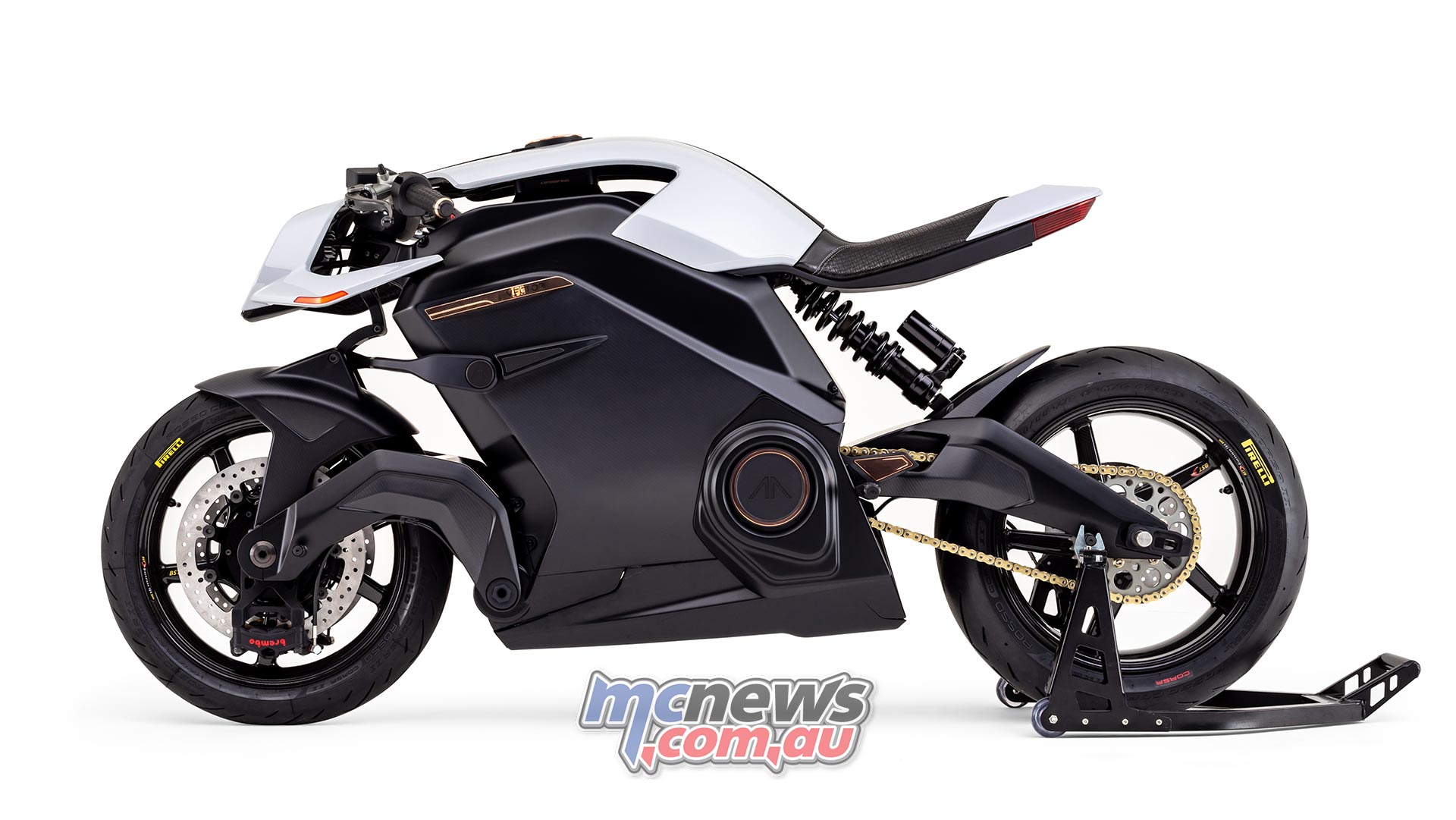
The Arc Vector features a carbon monocoque frame and a claimed weight of 220-kilorgams.
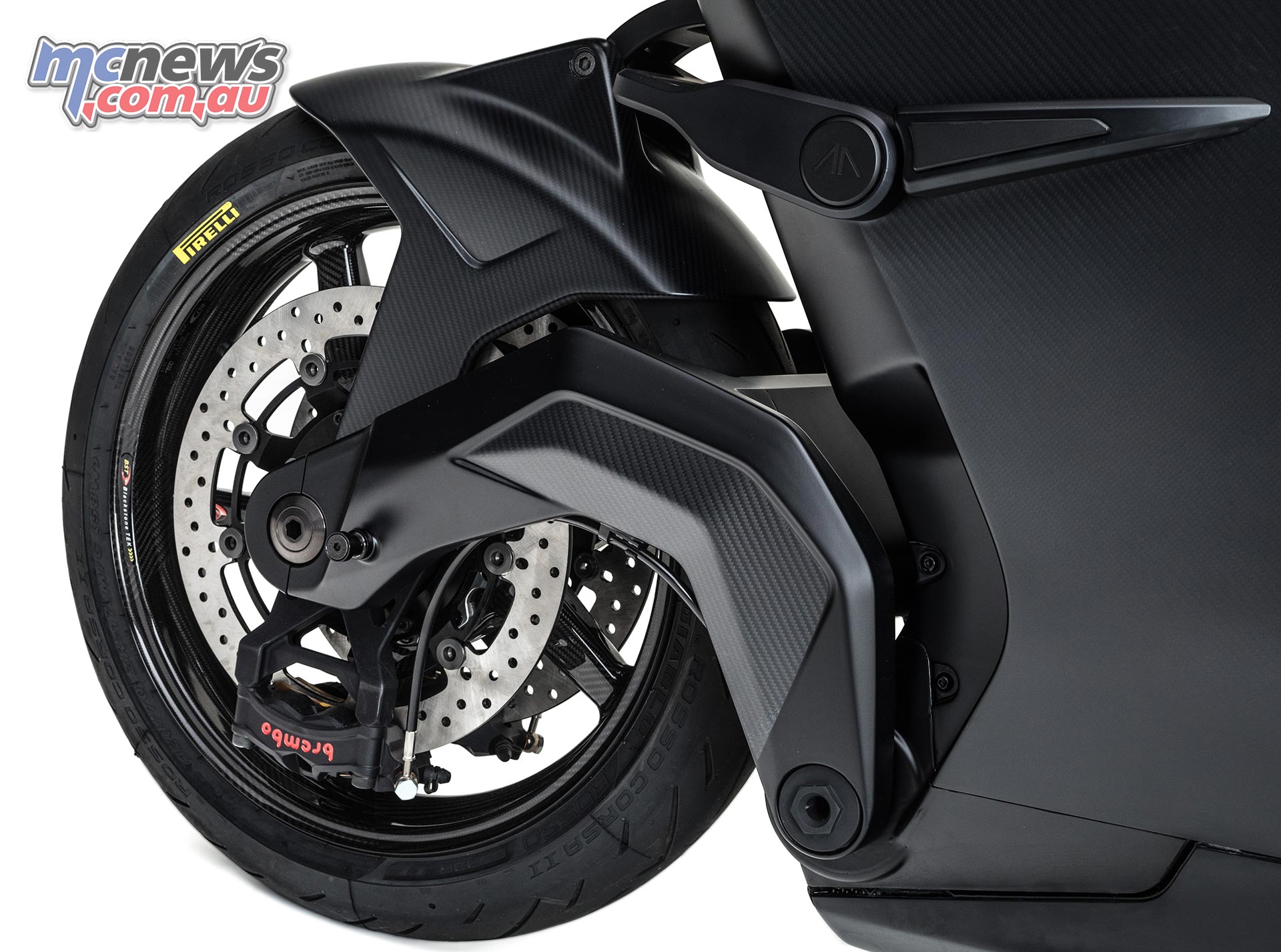
Innovations include hub-centred steering, a custom carbon swing arm, Human Machine Interface, Heads-Up Display, haptic alerts and one of the most energy-dense battery cells in existence.
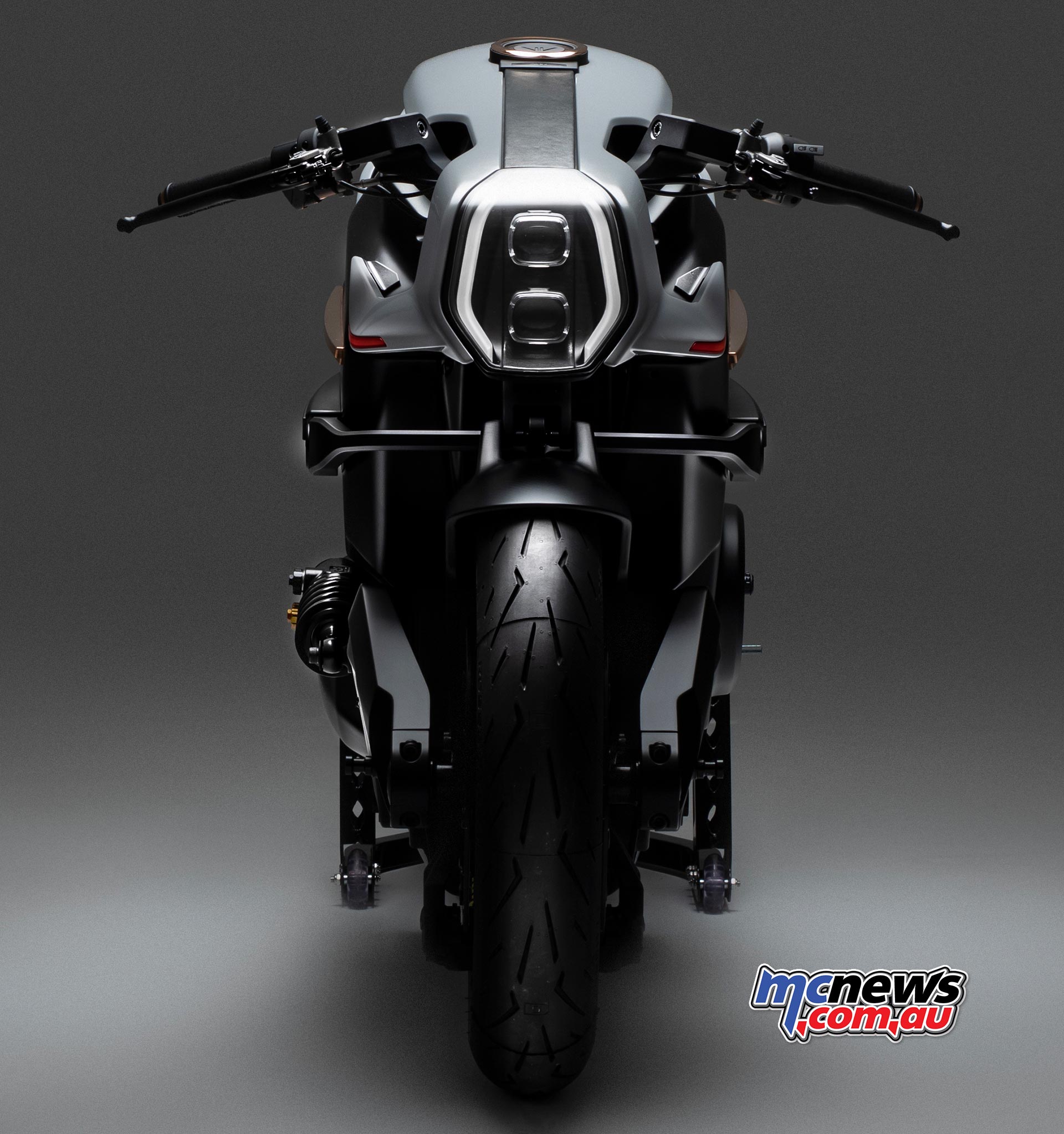
At the centre of the Vector is its ingenious battery-module carbon monocoque where the motor and batteries are structurally integral to the monocoque, making the chassis incredibly stiff.
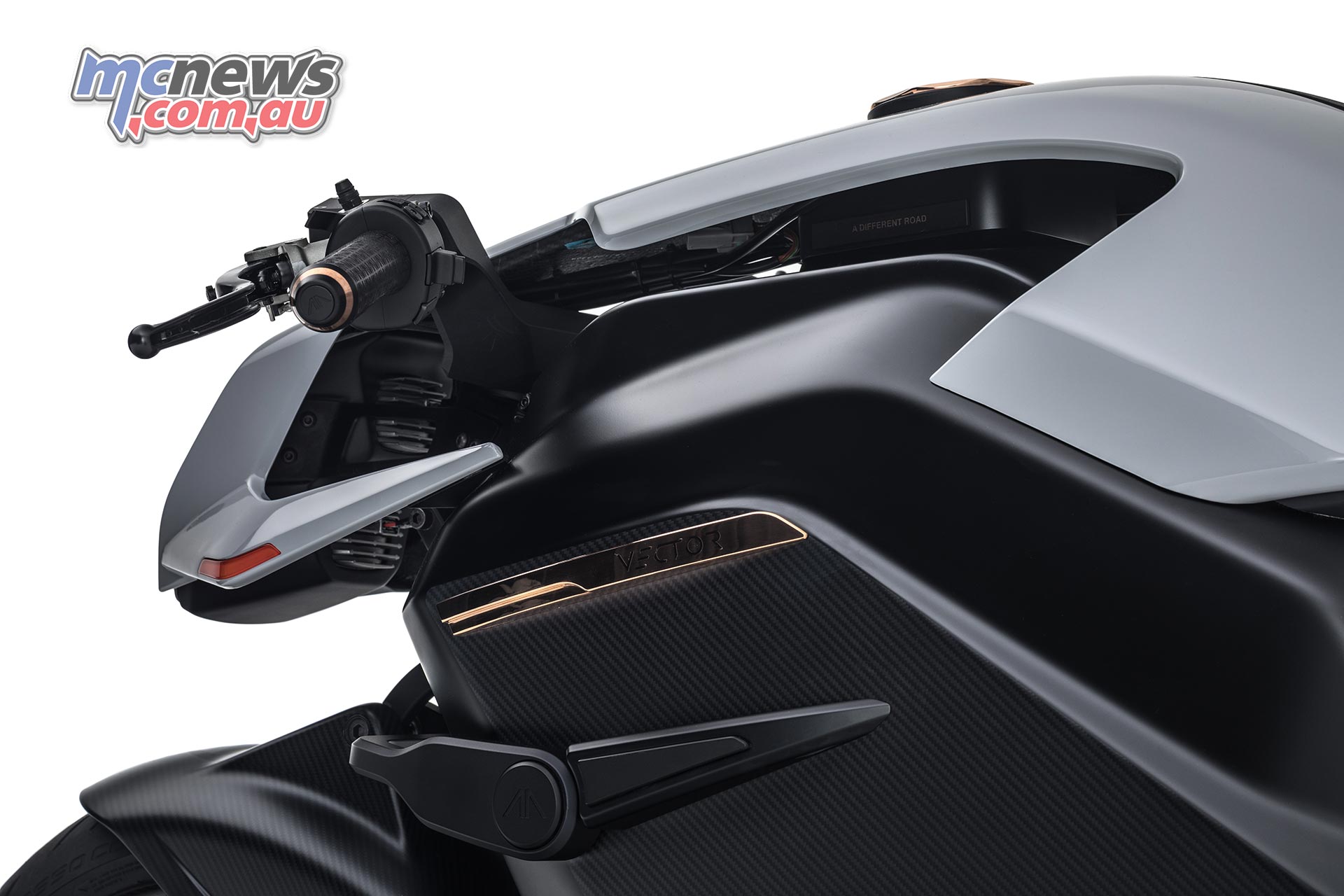
Arc is one of a tiny number of OEMs to develop its own carbon swing arm, in collaboration with MotoGP manufacturers Riba, which enables lateral flex for cornering stability, grip and agility.
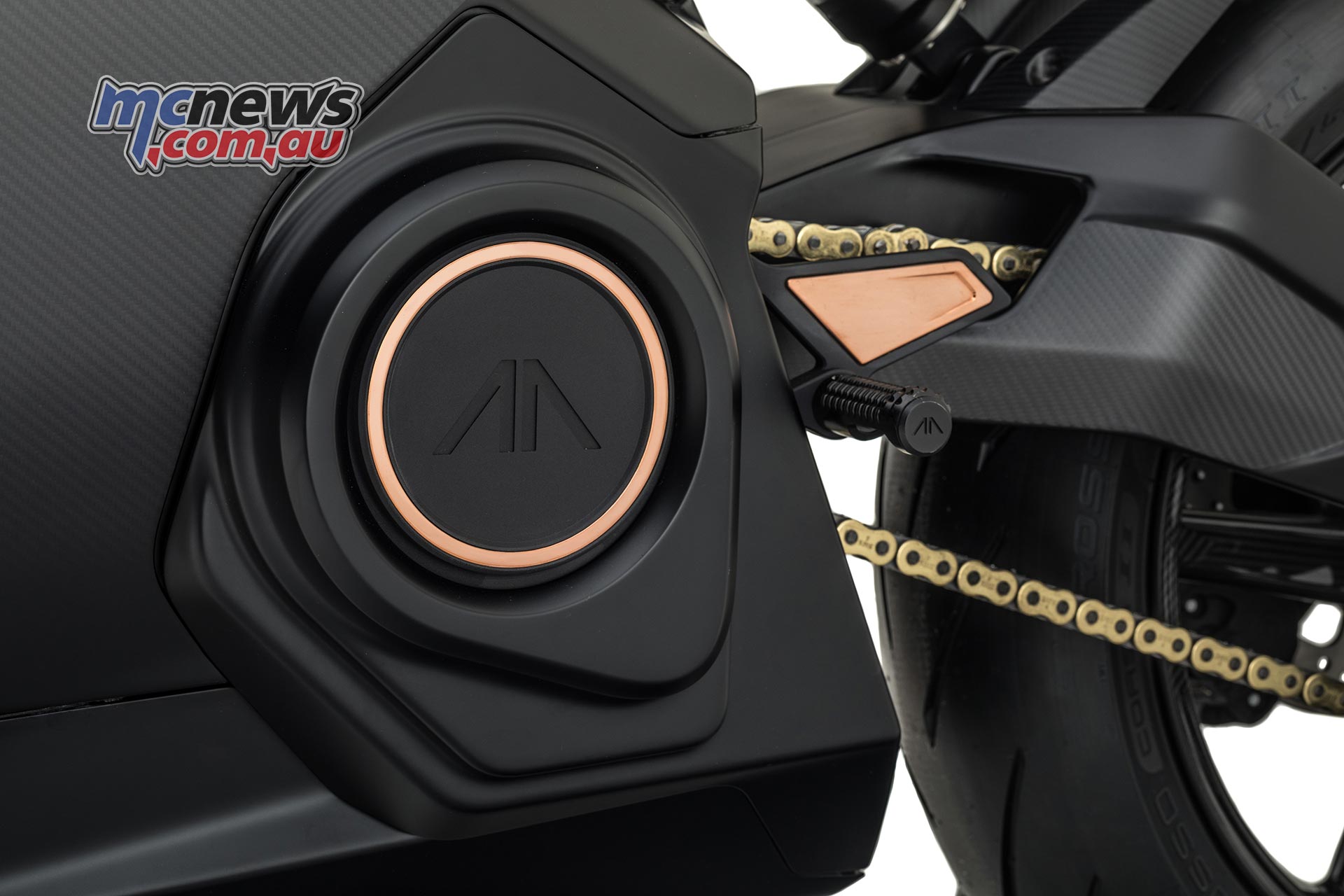
The liberal use of carbon, and other exotic materials such as quality alloys, exposed copper detailing and aircraft-grade aluminium, helps to keep the machine’s total dry weight down to 220kg.
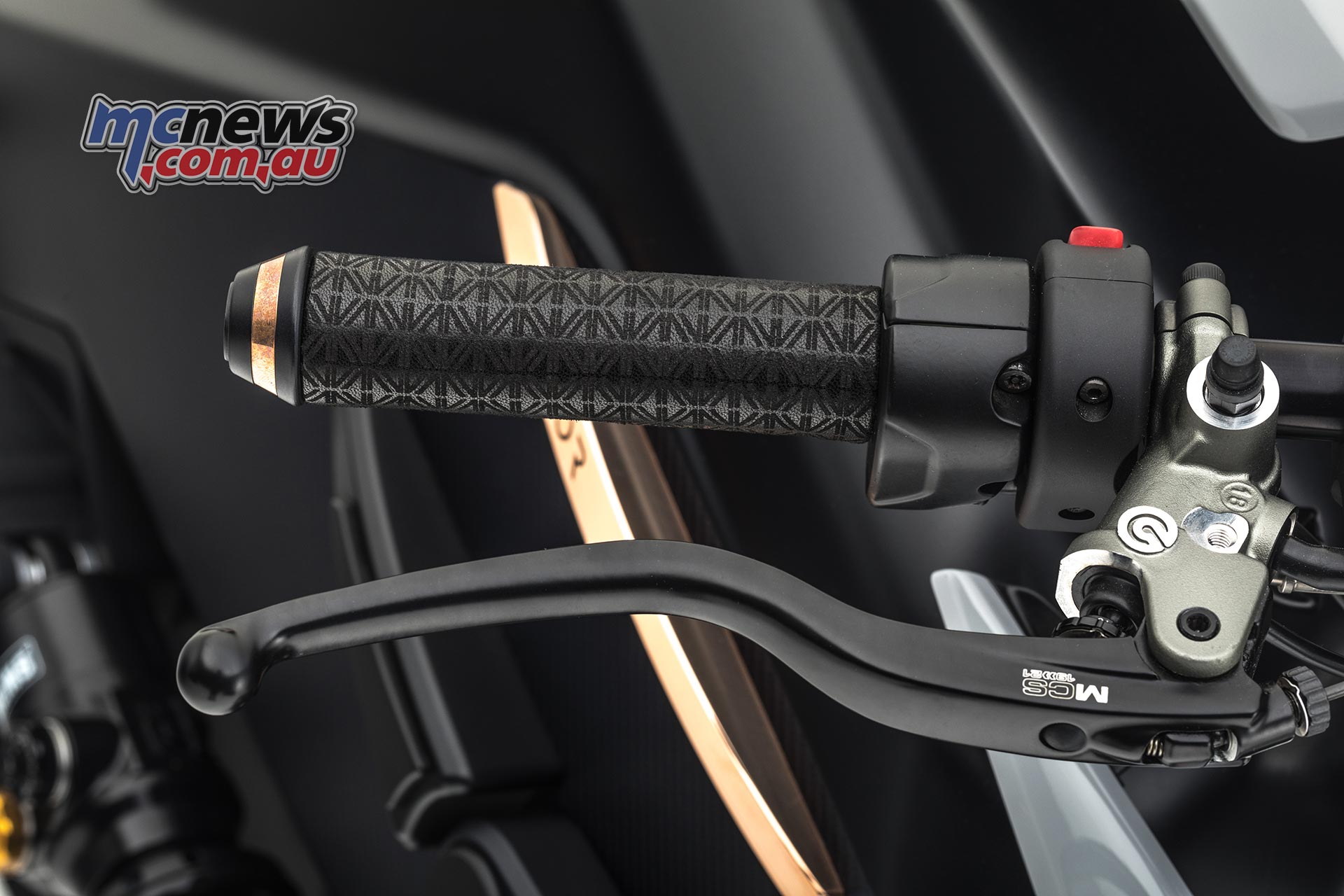
Founder & CEO Mark Truman, the visionary engineer behind Arc, has undertaken the lion’s share of track testing himself at circuits and airfields around the Midlands, fettling the finer points of the Vector’s geometry and handling.
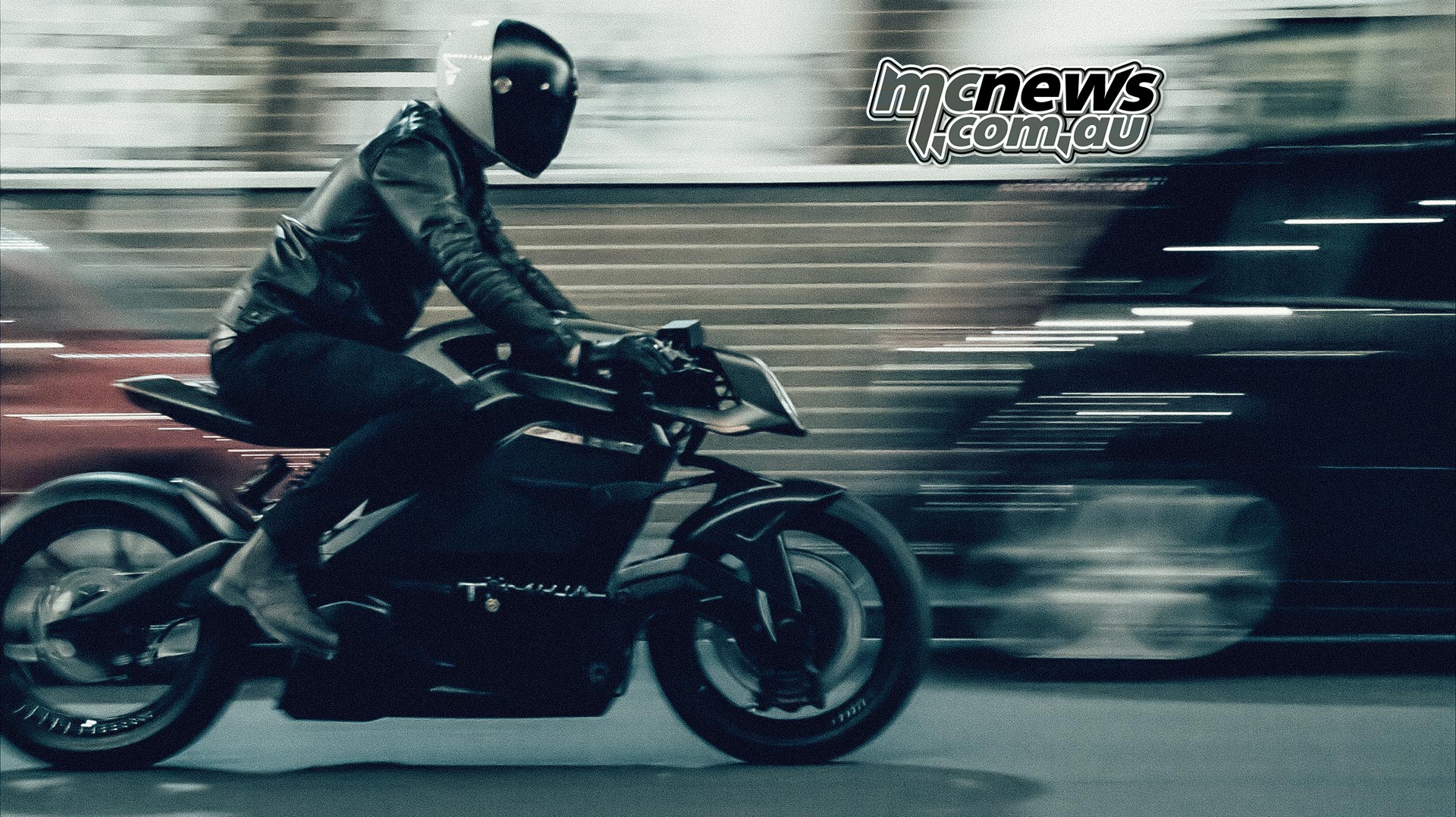
A notable design direction has been hub-centre steering. This is characterised by the steering pivot points being inside the hub of the wheel, rather than above the wheel in the headstock as in a traditional layout.
Mark Truman is the largest shareholder in Arc won the Society of Automotive Engineers International Young Engineer of the Year Award in 2005 for his experimental work on motorcycle chassis and swing arm flex and design parameters. He’s also a former Data Acquisition Engineer in top-level racing and has 35 years of motorcycling experience.
Truman explains his approach
“The system we’ve developed gives the bike low-speed control. There are a handful of manufacturers who’ve implemented hub-centre steering in the past, but they did so with an anti-dive system. Riders want the bike to dive under braking, that’s what we’re used to. For the Vector, we’ve created a system that has all the benefits of HCS but which feels like a set of forks. The advantage is stiffness which allows for a steep rake angle and a chassis that enables fast changes of direction with stability at high-speed. What we’ve devised is the best of both worlds with none of the negatives.”

While the details provided by the company indicate that belt drive has been employed to deliver the 133 horsepower to the 17-inch rear wheel, these pre-production images curiously show the prototype as being chain driven…
The Vector’s brake discs are Brembo and the calipers are their Stylemas, but bespoke in black oxide.
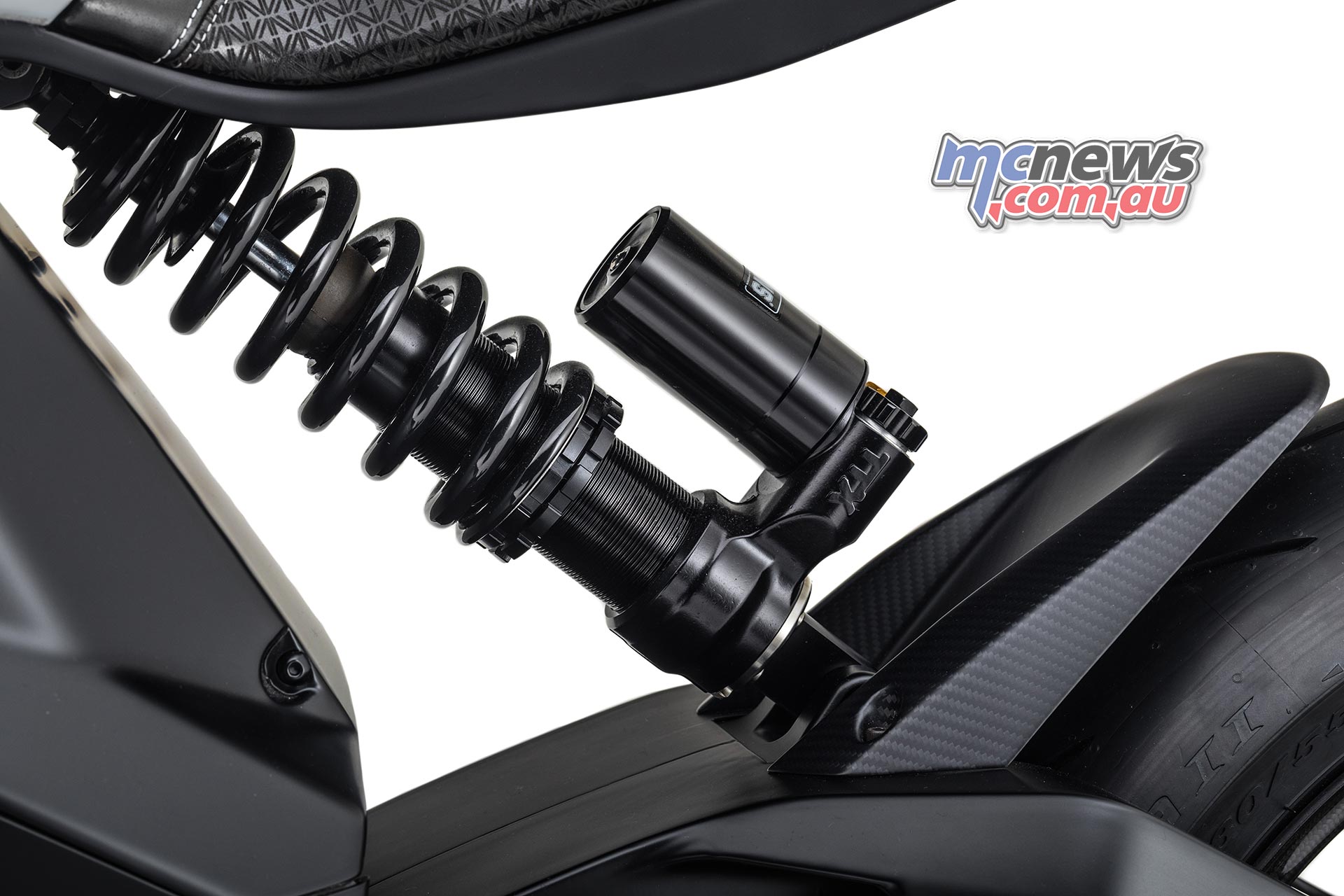
The Ohlins suspension is entirely customisable, and the unique BST wheels are light and strong.
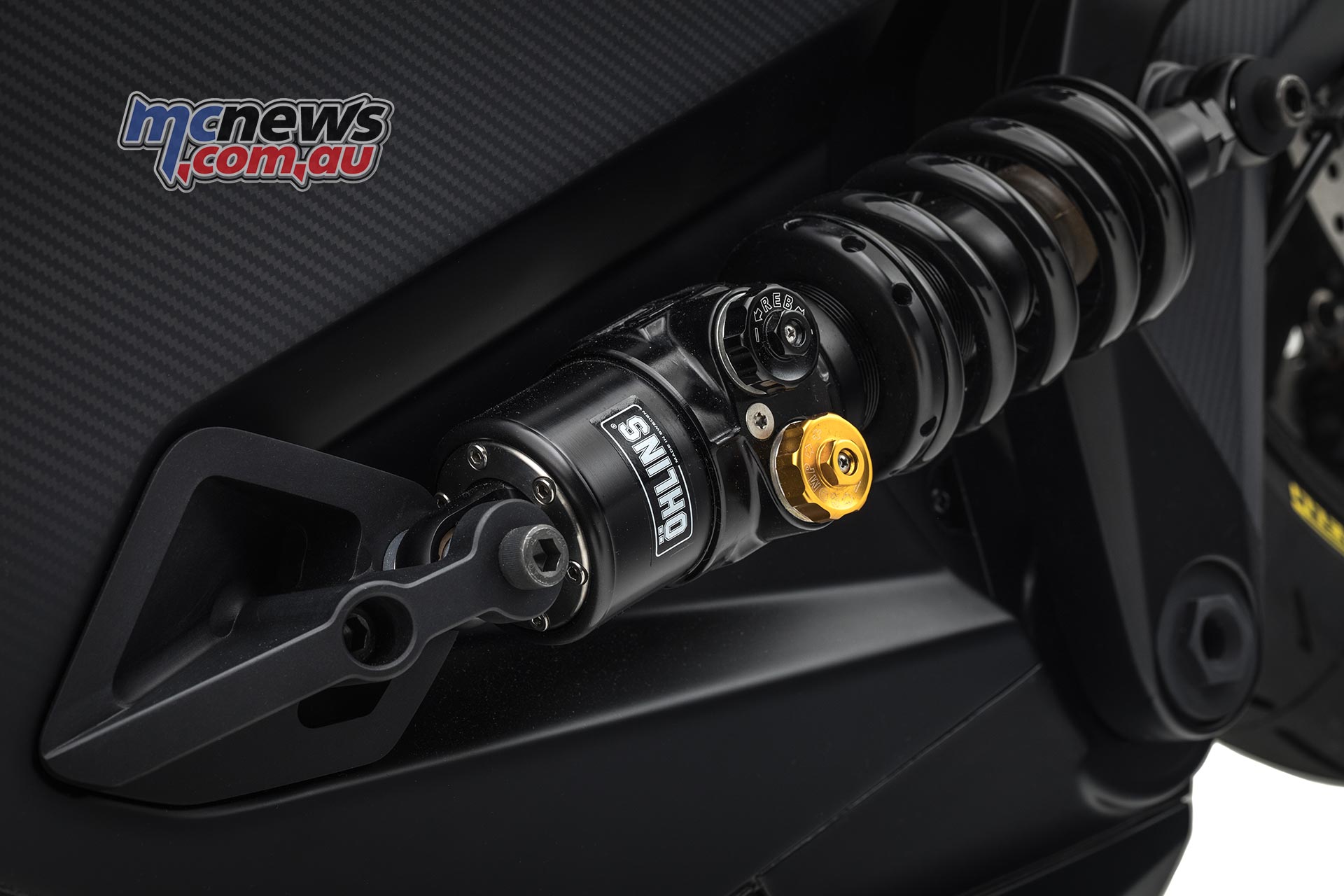
Anti-lock brakes have been provided by Continental and the battery package is by Delta Motorsport.
Arc is developing its own bespoke motor which they claim will save on packaging space whilst being light and very powerful with all the ECUs automotive-grade.
They also claim that their packaging of these components enables the lowest possible centre of gravity, minimal weight, sufficient cooling and a short, nimble wheelbase.
In addition to handling, a lot of development has been done on the powertrain with battery cell suppliers Samsung and on the dyno and the track in order to coax out every last drop of performance.
The cutting-edge Samsung 21-700 batteries, of which the Vector packs a vast 960, are some of the most energy dense and reliable cells on the planet and the Arc Vector is scheduled to be the first motorcycle to use them.
Arc’s Head of Electrical Engineering – Robin Boyd
“Right now, you can’t actually buy them. Samsung are prototyping and developing them, and have partnered with Arc Vehicle as part of this process. The battery cells rank as some of the most powerful of their kind and have the most longevity. With 960, the Vector has more battery cells and, in turn, power than any other electric motorcycle. A lot more. With these upgraded cells, we are extremely confident in meeting our performance and range targets.”
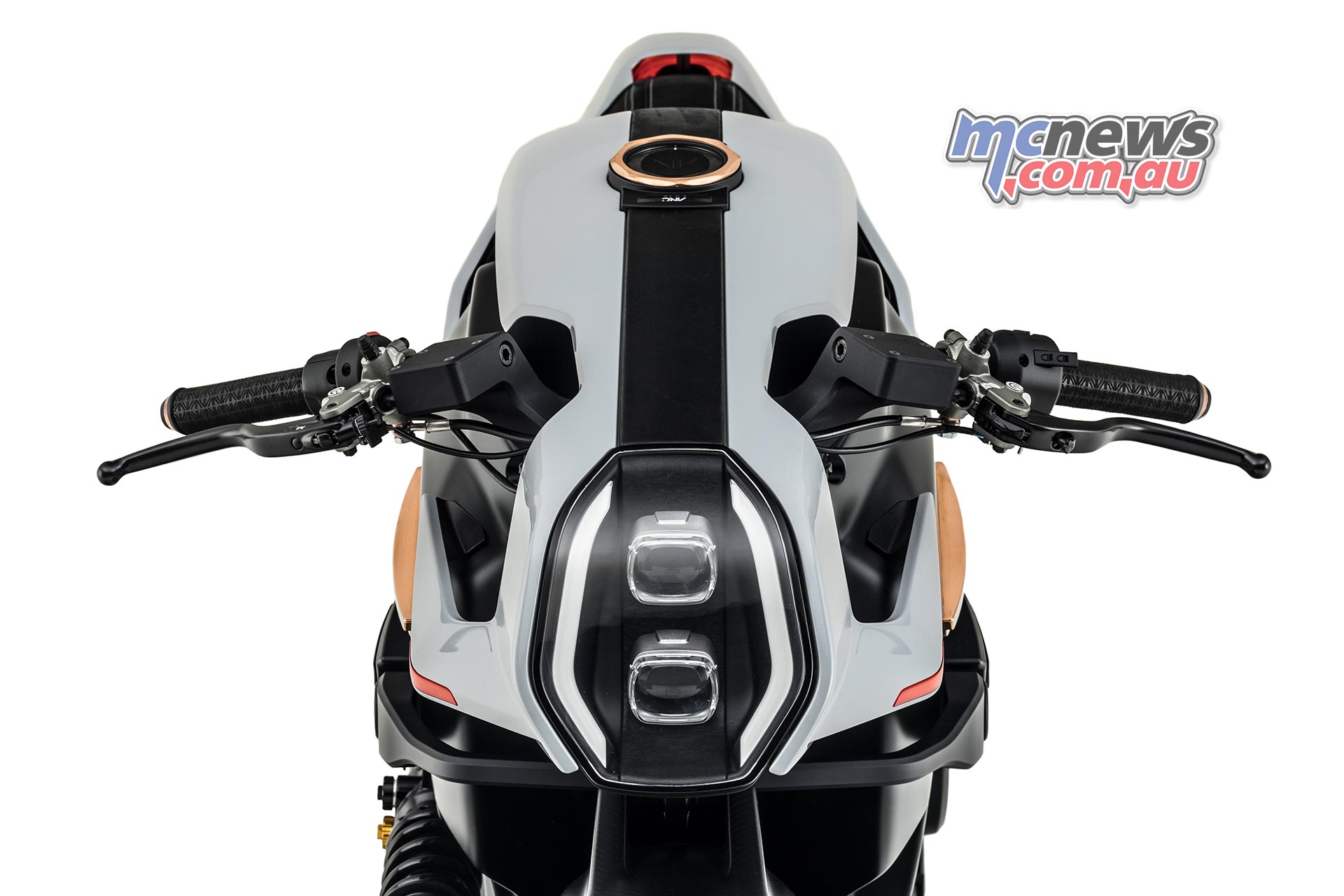
With a 399-volt electric motor producing 133bhp and a weight of 220kg, the Arc Vector should boast the best power-to-weight ratio of any electric two-wheeler – 650 hp per tonne.
Arc claim that the combined range will be over 400 kilometres and that the Vector will cut the 0-100 kmh dash in three-seconds flat. The top speed is claimed to be 200 km/h.
And of course due to electric power, there is no requirement for a a clutch or gears.
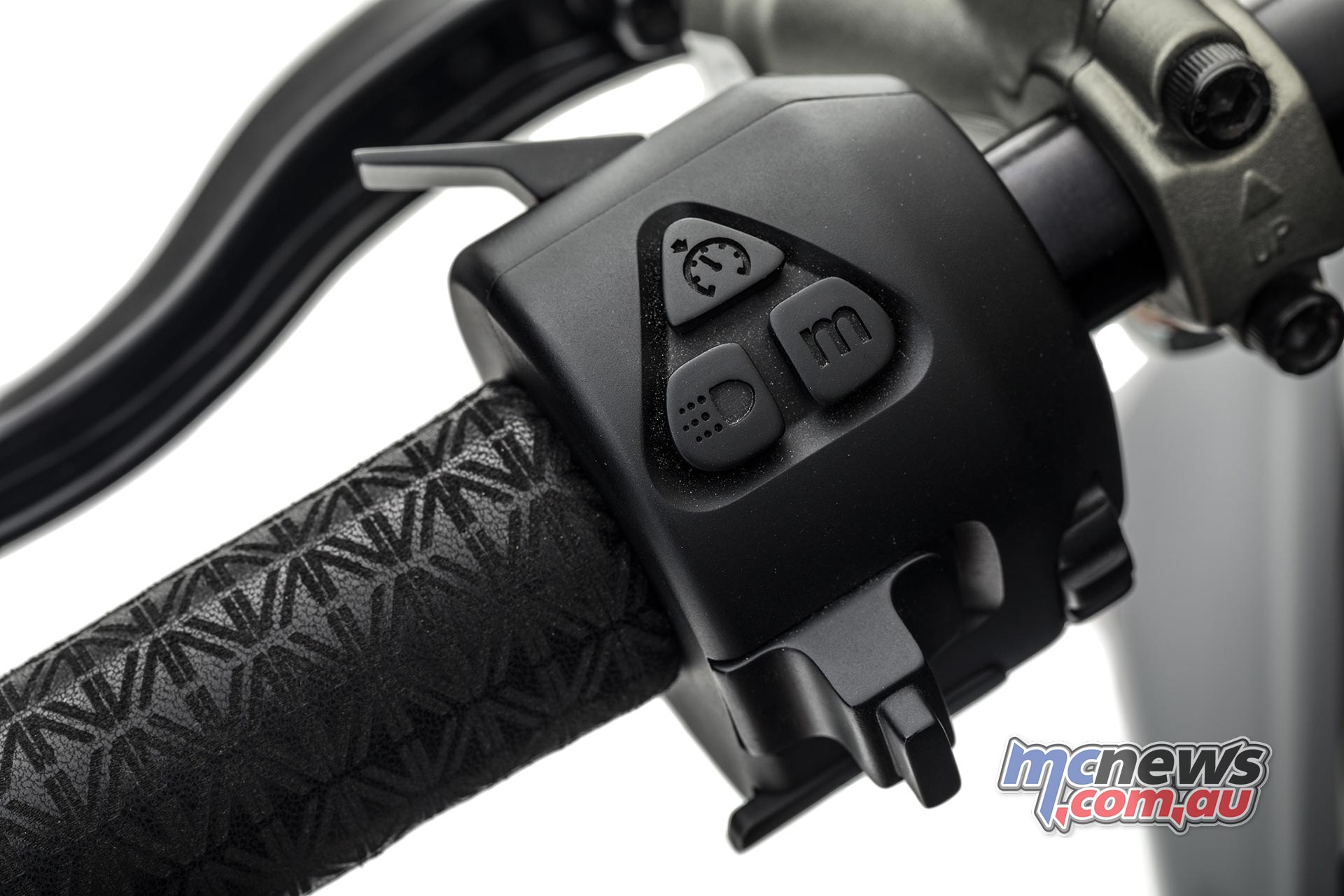
Arc Vector
- Motor: 399-volt electric
- Performance: 133bhp
- Torque: 148Nm (109 ftlb)
- Weight: 220kg (kerb)
- Seat height: 840mm
- Price: £90,000
- Urban Range 623 km
- Ex.Urban Range 370 km
- Combined Cycle Range 435 km
